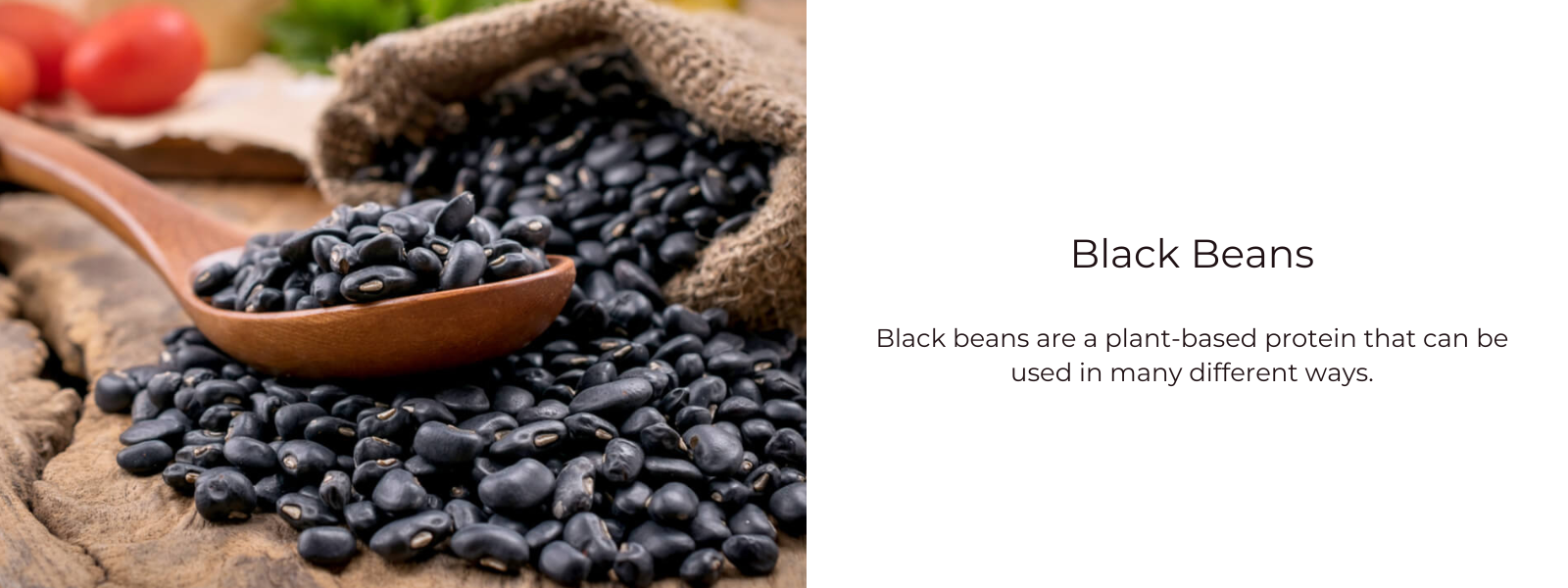Carb cycling is a dietary approach that involves alternating between periods of higher and lower carbohydrate intake throughout the week. This method is often used by athletes, bodybuilders, and individuals looking to optimize their nutrition for performance, weight loss, or muscle gain. The idea behind carb cycling is to strategically manipulate carbohydrate intake to match energy needs and metabolic demands based on activity levels and goals. Typically, carb cycling involves higher carbohydrate intake on days of intense physical activity or workouts, such as weight training or high-intensity interval training (HIIT), and lower carbohydrate intake on rest days or days with less intense activity. By adjusting carbohydrate intake in this way, carb cycling aims to optimize glycogen stores, improve energy levels, support fat loss, and enhance muscle recovery and growth.
Table of Contents
What Is Carb Cycling?
Carb cycling is a dietary strategy that involves alternating between periods of higher and lower carbohydrate intake. This approach is often used by athletes, bodybuilders, and individuals seeking to optimize their nutrition for specific goals such as performance, fat loss, or muscle gain. The basic principle of carb cycling involves cycling between days of higher carbohydrate intake (referred to as "high-carb" days) and days of lower carbohydrate intake (referred to as "low-carb" or "no-carb" days).
During high-carb days, individuals consume a higher percentage of their calories from carbohydrates to fuel intense physical activity or exercise sessions. This typically involves including more starchy carbohydrates such as whole grains, fruits, and starchy vegetables in meals and snacks.
On low-carb days, carbohydrate intake is reduced, and individuals focus on consuming more protein, healthy fats, and non-starchy vegetables. This helps to lower overall calorie intake and may promote fat burning during periods of rest or lighter activity.
The specific structure of carb cycling can vary based on individual goals, activity levels, and preferences. Some people may follow a structured schedule of alternating high-carb and low-carb days throughout the week, while others may adjust their carbohydrate intake based on their training schedule or energy needs.
Benefits Of Carb Cycling:
Carb cycling offers several potential benefits for individuals looking to optimize their nutrition and achieve specific health or fitness goals. Some of the key benefits of carb cycling include:
- Improved Fat Loss: By alternating between high-carb and low-carb days, carb cycling may help enhance fat loss. On low-carb days, the body may rely more on stored fat for energy, leading to greater fat burning and potentially promoting weight loss.
- Preservation of Lean Muscle Mass: Carb cycling allows for higher carbohydrate intake on days of intense physical activity or weight training. This helps support muscle glycogen stores, which are essential for energy during workouts. Preserving muscle glycogen can help maintain muscle mass and prevent muscle breakdown during periods of calorie restriction.
- Enhanced Performance: On high-carb days, individuals have increased glycogen stores, which can improve energy levels and performance during high-intensity exercise or athletic events. This may lead to better workout performance, increased endurance, and improved athletic performance overall.
- Flexible and Sustainable Eating Pattern: Carb cycling offers flexibility in dietary choices by allowing individuals to enjoy higher-carb foods on certain days while still supporting their health and fitness goals. This flexibility may make the dietary approach more sustainable and easier to adhere to in the long term compared to strict, low-carb diets.
- Metabolic Adaptation: Cycling between higher and lower carbohydrate intake may prevent metabolic adaptation and plateaus often experienced with prolonged calorie restriction or consistent carbohydrate intake. By varying carbohydrate intake, individuals may keep their metabolism active and responsive, potentially leading to more consistent progress over time.
- Improved Hormone Regulation: Carbohydrates play a role in hormone regulation, including insulin, leptin, and cortisol, which are involved in metabolism, hunger, and satiety. Carb cycling may help regulate these hormones more effectively, potentially supporting appetite control, energy balance, and overall metabolic health.
What Makes Carb Cycling A Balanced Approach To Healthy Carbohydrate Consumption?
Carb cycling is considered a balanced approach to healthy carbohydrate consumption because it allows individuals to strategically adjust their carbohydrate intake based on their activity levels, goals, and metabolic needs. Unlike extreme low-carb diets that restrict carbohydrate intake indefinitely, carb cycling incorporates periods of both higher and lower carbohydrate consumption, providing a more flexible and sustainable approach to nutrition. This balance allows individuals to enjoy the benefits of carbohydrates, such as sustained energy, improved performance, and better recovery, while also managing their intake to support fat loss, muscle gain, or other specific goals.
By cycling between high-carb and low-carb days, individuals can optimize their carbohydrate intake to match their energy needs and activity levels. On days of intense physical activity or exercise, higher carbohydrate intake replenishes glycogen stores, providing the energy necessary for optimal performance and recovery. On rest days or days with lighter activity, lower carbohydrate intake may promote fat burning and weight loss while still providing adequate energy for basic metabolic functions.
Additionally, carb cycling emphasizes the importance of choosing nutrient-dense carbohydrate sources, such as whole grains, fruits, vegetables, and legumes, over refined and processed carbohydrates. This focus on quality carbohydrates ensures that individuals receive essential nutrients, fiber, and antioxidants while minimizing the consumption of empty calories and added sugars.
Structure Of Carb Cycling:
The structure of carb cycling can vary depending on individual goals, activity levels, preferences, and metabolic needs. However, a common structure for carb cycling typically involves alternating between days of higher carbohydrate intake (often referred to as "high-carb" days) and days of lower carbohydrate intake (referred to as "low-carb" or "no-carb" days). Here is a basic example of a carb cycling structure:
- High-Carb Days: On high-carb days, individuals consume a higher percentage of their calories from carbohydrates to fuel intense physical activity or exercise sessions. Carbohydrate intake on these days is typically higher, often comprising around 40-60% of total daily calories. Whole grains, fruits, starchy vegetables, and other complex carbohydrates are emphasized to replenish glycogen stores and provide sustained energy for workouts.
- Low-Carb Days: On low-carb days, carbohydrate intake is reduced, and individuals focus on consuming more protein, healthy fats, and non-starchy vegetables. Carbohydrates may comprise around 10-30% of total daily calories, with an emphasis on lower-carb foods such as leafy greens, cruciferous vegetables, lean proteins, nuts, seeds, and healthy fats like avocados and olive oil. These days are often used for rest, recovery, or lighter activity.
The specific structure of carb cycling can be tailored to individual needs and preferences, and may include variations such as:
- Moderate-Carb Days: Some carb cycling plans include "moderate-carb" days, which fall between high-carb and low-carb days in terms of carbohydrate intake. These days may be used as a transitional phase or to provide a more balanced approach to carbohydrate consumption.
- Refeed Days: Periodically incorporating "refeed" days, where carbohydrate intake is temporarily increased above typical levels, can help prevent metabolic adaptation and support hormone regulation. Refeed days are often used strategically to boost metabolism, replenish glycogen stores, and provide psychological relief from dieting.
- Tailored Cycling Patterns: Carb cycling plans can be structured based on individual goals, activity levels, and training schedules. For example, athletes may adjust their carbohydrate intake based on their training intensity, competition schedule, or performance goals.











Leave a comment